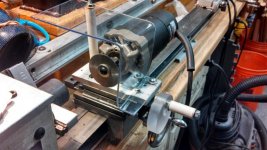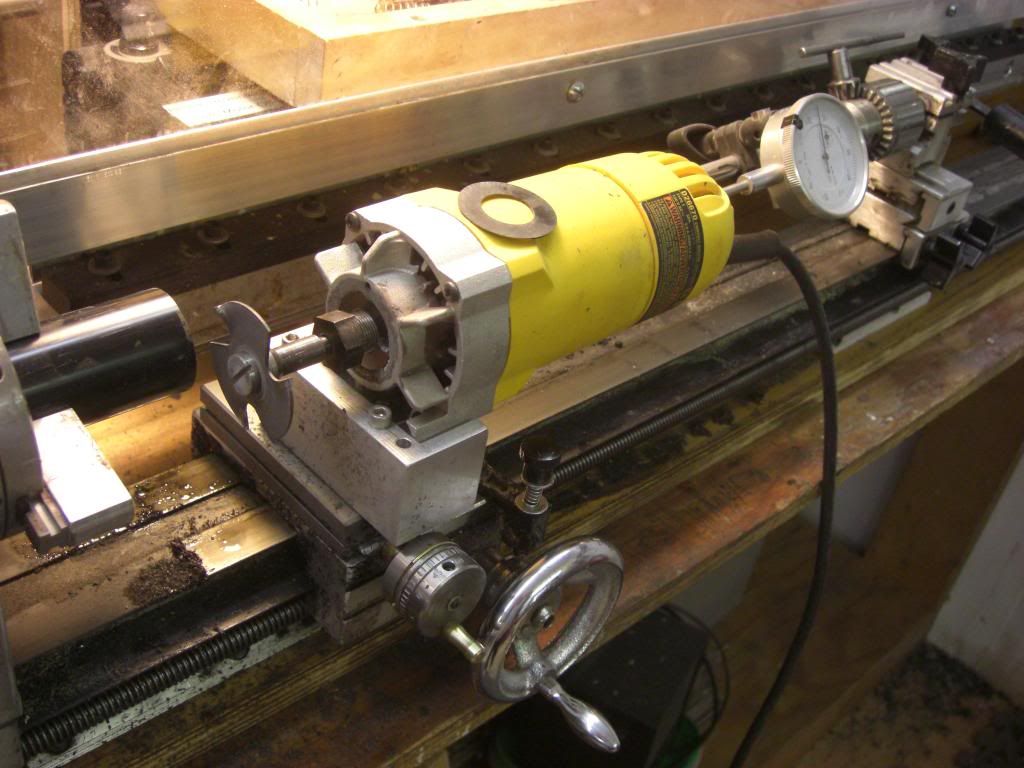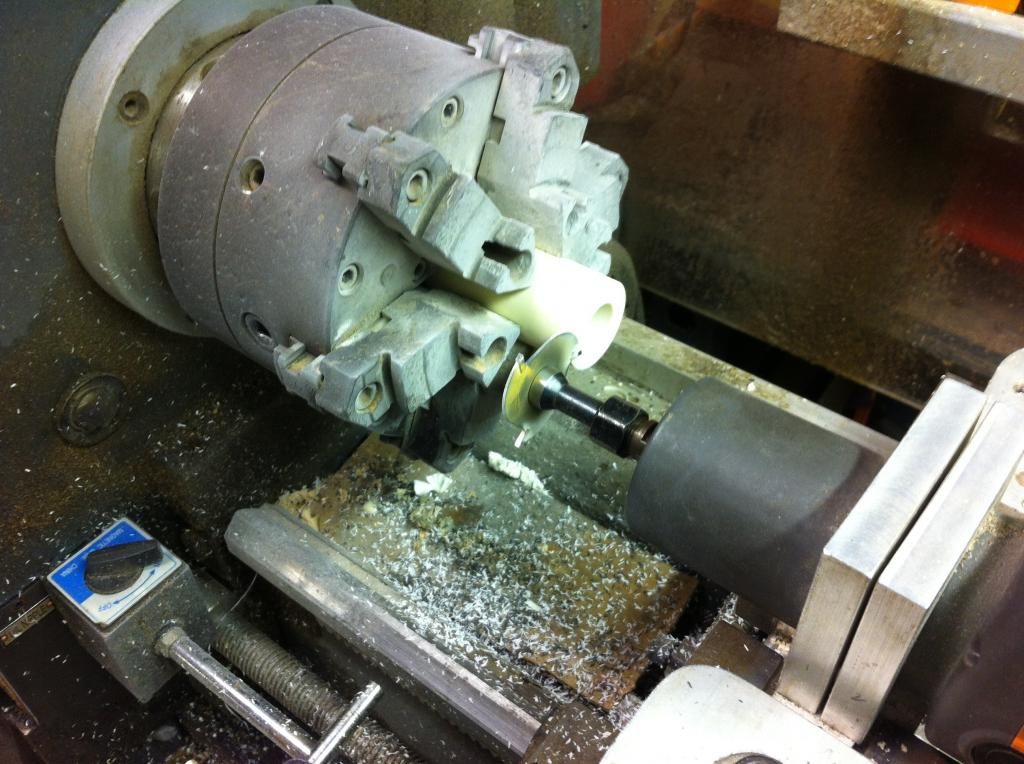I am wondering if anyone has found a reliable and powerful enough power tool for cutting rings on the Deluxe Besides the normal routers? I have used a dremel with success on smaller dia. rings but it creates too much heat and boggs down on large dia. hardwoods. I also have used a variety of laminate trimmers, but I don't care to use them, they tend to be bulky and not friendly to attach to the cross slide and seem to vibrate stuff out of wack every time I use it.(my deluxe is around 15-20 years old and doesn't like vibes)
Has anyone found a unit that size wise is in between but has plenty of torque and is mount friendly?
Thanks,
Dave
Has anyone found a unit that size wise is in between but has plenty of torque and is mount friendly?
Thanks,
Dave



![IMG_20130920_120016_758[1].jpg](/data/attachments/220/220811-88795e4b82001a761538f8b31789f3bf.jpg?hash=iHleS4IAGn)

